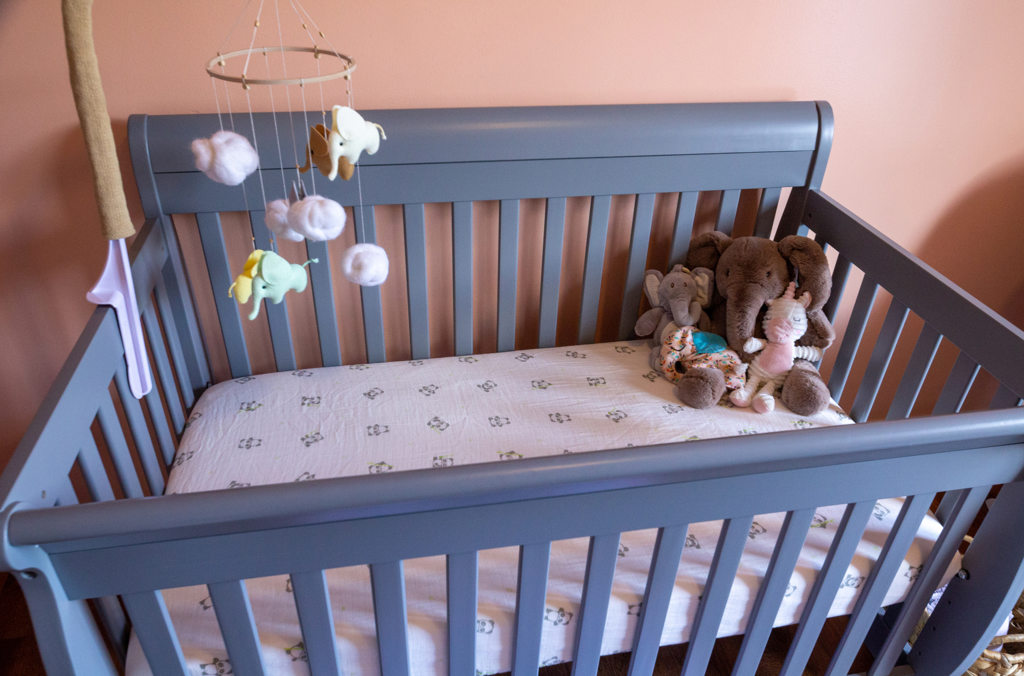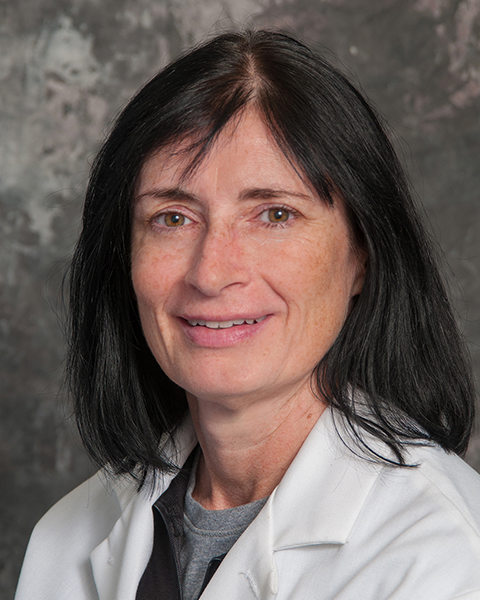
Keeping Your Baby Safe
Each year, about 3,400 babies in the United States die suddenly and unexpectedly. The term for this devastating tragedy is called sudden infant death syndrome (SIDS) or sudden unexpected infant death (SUID).
SIDS is the unforeseen death of a child less than one year old in which the cause cannot be determined by an autopsy, death scene investigation or review of the clinical history; and, it is the leading cause of post-neonatal death of babies in the United States. In 2019, the most recent year for which there is data, sudden infant death syndrome accounted for 7.5% of all infant deaths in Pennsylvania.
SIDS is sometimes called crib death because the death often occurs while the baby is sleeping. The baby frequently seems healthy before, making it a particularly tragic event. The cause of SIDS is unknown, but there are precautions you can take to reduce your baby’s risk.
“Infants who usually sleep on their backs but are placed on their stomachs for a nap or at bedtime are at very high risk for SIDS,” said Sherri L. Sortor-Thompson, MD, who is board-certified in pediatrics and practices with Penn Highlands Center for Children’s Care in Clearfield.
Other known risk factors include:
- Sleeping on soft surfaces, such as an adult mattress, couch or chair
- Sleeping on or under soft or loose bedding
- Getting too hot during sleep
- Being exposed to cigarette smoke in the womb or in their environment
- Sleeping in an adult bed with parents, other children or pets
Research into the causes of SIDS isn’t conclusive, but many researchers believe that it is associated with problems in the baby’s ability to detect low levels of oxygen, to arouse from sleep or from a buildup of carbon dioxide in the blood.
“Babies who sleep face down may potentially breathe in carbon dioxide that they previously exhaled. Increasing levels of carbon dioxide should activate the brain’s respiratory and arousal centers, waking the baby up and causing them to turn their head to the side to breathe fresh oxygen,” said Dr. Sortor-Thompson. “When something in this process goes wrong, it may cause SIDS.”
Researchers do not yet know what causes SIDS, but parents and caregivers can reduce the risk by creating a safe sleep area:
- Place your baby on his or her back for all sleep times, including naps.
- Use a firm, flat (not at an angle or inclined) sleep surface, such as a mattress in a safety-approved crib, covered by a fitted sheet.
- Keep your baby’s sleep area (for example, a crib or bassinet) in the same room where you sleep, ideally until your baby is at least 6 months old.
- Keep soft bedding such as blankets, pillows, bumper pads and soft toys out of your baby’s sleep area.
- Do not cover your baby’s head or allow your baby to get too hot. Signs your baby may be getting too hot include sweating or his or her chest feels hot.
Whether they are new moms and dads or have school-age children, parents often have many questions regarding the health and wellness of their children. The Penn Highlands Healthcare primary care physicians can help with the answers. Penn Highlands Healthcare offers pediatric and family medicine practices at convenient locations throughout Pennsylvania. To learn more and find a provider, visit www.phhealthcare.org/findadoc.

